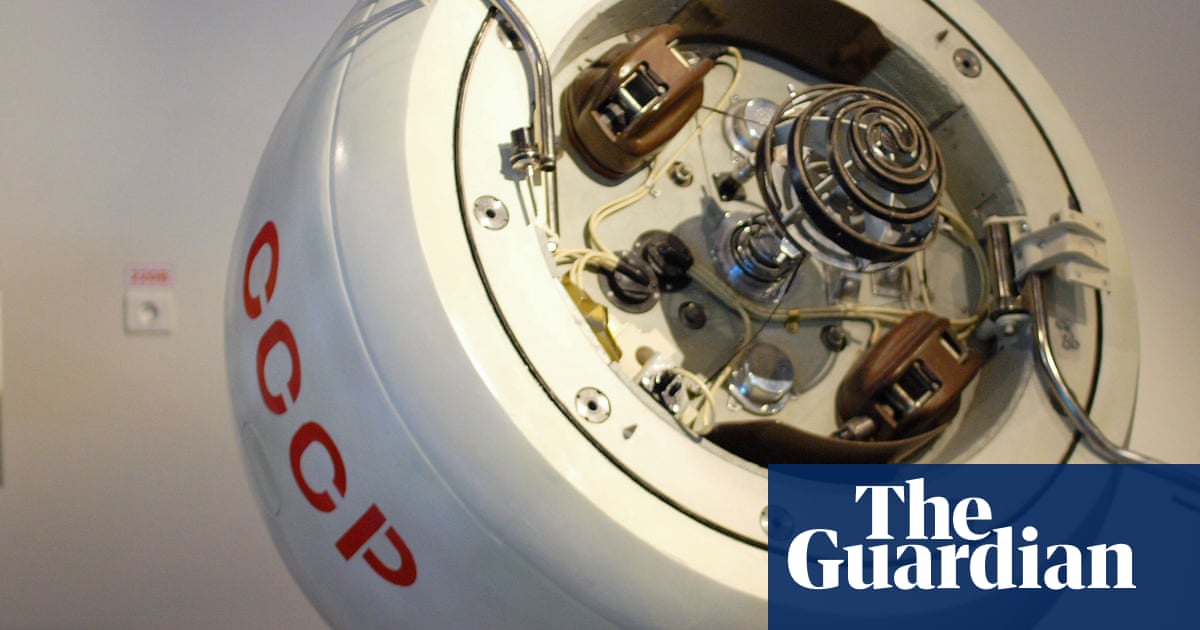Part of a Soviet spacecraft is expected to crash back down to Earth this weekend, with experts still unsure of where it will land.
Kosmos 482 was launched in March 1972 on a Soyuz rocket a few days after the Venera 8 atmospheric probe, and was thought to have a similar purpose. Intended to reach Venus, it failed to escape low Earth orbit and instead broke into four pieces.
Now, Kosmos 482’s lander probe is expected to come down to Earth with a bump. Marek Ziebart, professor of space geodesy at University College London, said the situation was unusual, noting de-orbited satellites tended to burn up in the planet’s atmosphere owing to drag.
However, that is unlikely to be the case for Kosmos 482 – a spacecraft that was designed to withstand Venus’s extreme conditions, such as its acidic atmosphere and extreme heat. “Anything we try to send Venus has to be armour plated,” said Ziebart.
As a result, the lander probe is expected to be robust enough to pass through the Earth’s atmosphere. “Because this thing is basically 500kg, and it’s only about a metre across, then it will probably survive,” he added.
It is not the first part of Kosmos 482 to do so: some componentslanded in New Zealandsoon after the launch. According to Nasa, the lander probe contained a heat shield and a parachute to help it land. However, experts said thesemay have been compromisedover time.
While the altitude of Kosmos 482 has gradually decreased, quite when it will crash to Earth remains unclear.Nasasaid it was expected to re-enter Earth’s atmosphere some time from 9 to 10 May.
The location of where it will crash remains a mystery. At present, Nasa said it thought the landing probe could end up anywhere between the latitudes of 52 degrees north and 52 degrees south – a broad band that includes parts of Europe, the UK and the Americas as well as Africa and Australia, among other countries and regions. “It’s not going to end up de-orbiting at the poles,” said Ziebart.
While Nasa said the time and location at which it would re-enter Earth’s atmosphere should be known more accurately over the next day or so, uncertainty would be significant right up to re-entry.
“Because this is uncontrolled, that is the important thing here, we can’t do anything to influence where it comes down, but we can track it with telescopes and with radar,” said Ziebart, although he noted that depended on the area in question having sufficient radar coverage.
He added that with the lander probe not only heavy but likely to be travelling at speed, “it would have some destructive capability”.
But while the probe could hit a populated area, Ziebert said as water covered about 72% of the Earth’s surface, “it’s more than likely going to hit water”.
